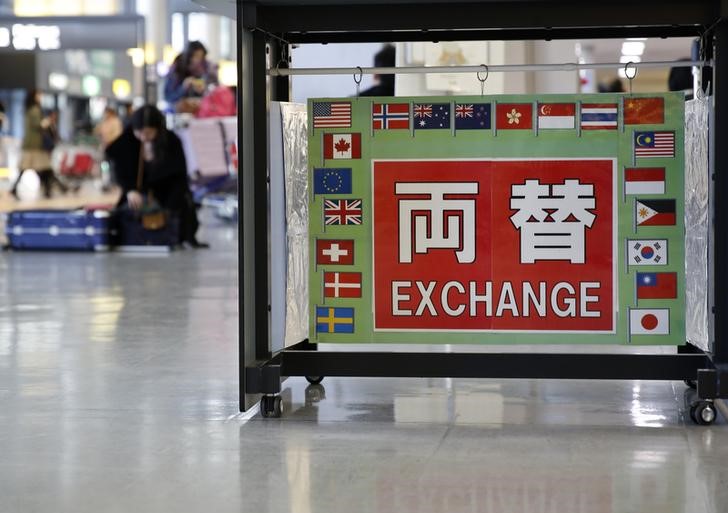Investig.com - The dollar was trading close to its lowest level in 17 months against the yen on Wednesday after comments by Japan’s prime minister indicated that authorities would not rush to arrest the appreciation of the yen.
USD/JPY was little changed at 110.33, not far from Tuesday’s lows of 109.93, the weakest level since October 31, 2014.
The pair is on track for its fourth straight weekly decline and has fallen more than 8% for the year to date.
The dollar remained on the defensive after Japan's Prime Minister Shinzo Abe said in an interview with the Wall Street Journal on Tuesday that countries should avoid weakening their currencies with "arbitrary intervention."
The yen’s gains have fueled speculation over how much higher the currency can climb before Japanese officials act to weaken it.
The Bank of Japan shocked markets with its decision to adopt negative interest rates earlier this year but the yen has continued to strengthen, posing a challenge to the central bank’s attempts to spur price growth.
BoJ Governor Haruhiko Kuroda said Tuesday that he would act quickly to boost stimulus measures if necessary.
The yen has strengthened against the dollar in recent days amid the growing view that the Federal Reserve is likely to stick to a cautious approach towards raising interest rates in the coming months.
Lower interest rates make the dollar less attractive to yield seeking investors.
Investors were turning their attention to Wednesday’s minutes of the Fed’s March meeting for fresh indications on the future path of interest rates.
Following the meeting Fed Chair Janet Yellen said global risks to the U.S. economy justified taking a cautious approach to tightening monetary policy.
The yen, which tends to be bought by investors in times of market turmoil, has also been boosted as volatile oil prices and weakness in equity markets boosted safe haven demand.
The yen rose to two-week highs against the euro, with EUR/JPY down 0.39% at 125.12.
The euro was also lower against the dollar, with EUR/USD down 0.38% to 1.1341.
In the euro zone, data on Wednesday showed that German industrial output fell 0.5% in February, better than the 1.8% decline forecast by economists.
The U.S. dollar index, which measures the greenback’s strength against a trade-weighted basket of six major currencies, was up 0.31% at 94.91, boosted by weakness in the euro.
